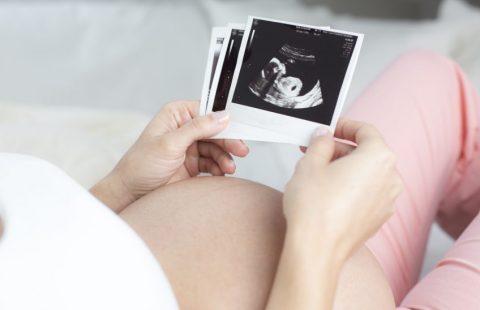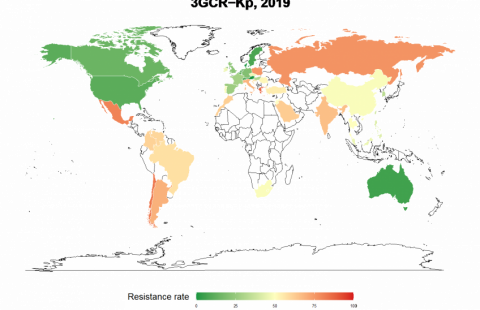Inconsistency between pictures printed on baby diaper packaging in Europe and safe infant sleep recommendations: a systematic assessment and a call for urgent legislation
Sophie de Visme, MSc,1,2 Daniel A. Korevaar, MD, PhD,3 Christèle Gras-Le Guen, MD, PhD, 1,2,4 Alix Flamant, MD,5,6 Martina Bevacqua, MD,6,7 Anna Stanzelova, MD, MSc,6,8 Nhung TH Trinh, PharmD, PhD,9 Dalia-Alexandra Ciobanu, MD,6,10 Ana Araújo Carvalho, MD,6,11 Ifigeneia Kyriakoglou, MD,6,12 Maria Fuentes, MD,6,13 Yacine Refes, PhD,1 Elisabeth Briand-Huchet, MD,14 Anne-Laure Sellier, PhD,15 Inge Harrewijn, MD,16 Jérémie F. Cohen, MD, PhD,1,6 Martin Chalumeau, MD, PhD1,6
1 Université Paris Cité, Epidemiology and Statistics Research Center, Obstetrical Perinatal and Pediatric Epidemiology Research Team, INSERM, FR-75004 Paris, France
2 Nantes Université, CHU de Nantes, INSERM, Department of General Pediatrics and Pediatric Emergencies, CIC1413, FR-44000 Nantes, France
3 Amsterdam University Medical Centers, Department of Pulmonary Medicine, NL-1081 HV Amsterdam, The Netherlands
4 Nantes Université, CHU de Nantes, Department of General Pediatrics and Pediatric Emergencies, FR-44000 Nantes, France
5 Cliniques Universitaires Saint-Luc, BE-1200 Brussels, Belgium
6 Université Paris Cité, Department of General Pediatrics and Pediatric Infectious Diseases, Assistance Publique-Hôpitaux de Paris, Necker-Enfants Malades Hospital, FR-75015 Paris, France
7 University of Trieste, Department of Medicine, Surgery and Health Sciences, IT-34127 Trieste, Italy
8 Independent researcher, IE-H91 Galway, Ireland
9 University of Oslo, Department of Pharmacy, PharmacoEpidemiology and Drug Safety Research Group, NO-0010 Oslo, Norway
10 Children’s Hospital “Doctor Victor Gomoiu”, RO-022102 Bucharest, Romania
11 Centro Hospitalar e Universitário de Lisboa Central, Hospital Dona Estefânia, Paediatric Department, PT-1150-202 Lisboa, Portugal
12 Aristotle University of Thessaloniki, GR-54124 Thessaloniki, Greece
13 Université Paris Cité, Department of Pediatric Emergencies, Assistance Publique-Hôpitaux de Paris, Necker-Enfants Malades Hospital, FR-75015 Paris, France
14 Naître et Vivre, National association for the support of bereaved parents and the fight against sudden unexpected death in infancy, FR-75116 Paris, France
15 HEC Paris, Department of Marketing, FR-78350 Jouy-en-Josas, France
16 University of Montpellier, Department of Neonatal Pediatrics and Intensive Care, Montpellier University Hospital, FR-34295 Montpellier, France
The Journal of Pediatrics, octobre 2023
DOI : https://doi.org/10.1016/j.jpeds.2023.113763



